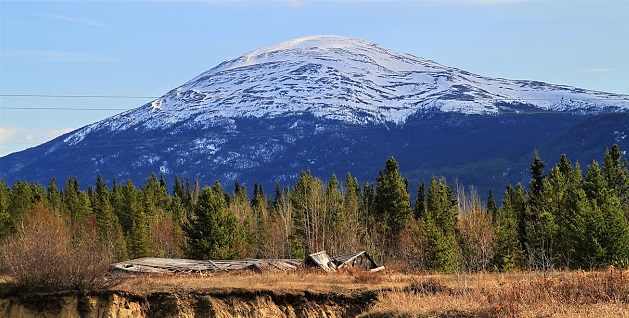 | The 4 inch pipeline was laid directly on the ground, and the high grade of the oil allowed it to flow even at −80 °F (−62 °C). Workers on the road and pipeline had to endure mosquitoes, black flies, extreme cold and other difficult conditions.
One poster for the company that hired workers warned that the conditions could be life-threatening; emphasising that if people were not willing to endure the conditions, they should not apply for the work. The oil flow commenced in 1944, but was shut down in 1945, having not performed entirely satisfactorily. |  |














































No comments:
Post a Comment